1. Harm of Dust to Human Health
Dust particles, especially smaller ones, have adverse effects on human health. They tend to accumulate in the lungs and can cause respiratory diseases like bronchitis, pneumonia, asthma, and chronic obstructive pulmonary disease. While immediate symptoms may not be noticeable, prolonged exposure to fine dust particles, smoke, and chemicals can lead to the development of these diseases over time. Dust can also cause allergies in the skin and eyes, although not life-threatening, they can cause discomfort and affect quality of life.
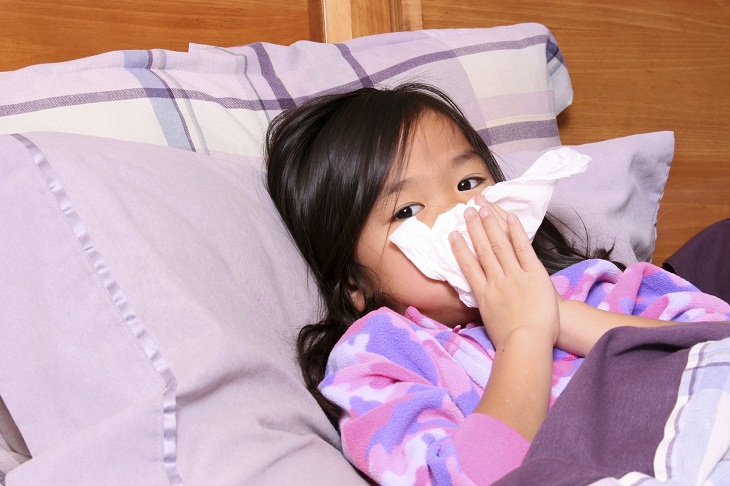
Information source: suckhoedoisong.vn
2. Methods to Reduce Dust in Your Home
Install and Maintain an Air Purifier
Consider installing an air purifier to filter out smoke, mold, and fine dust particles. There are multiple options available in the market to cater to different needs. Regularly replace the filters in air purifiers and other similar machines to maintain their efficiency in cleaning the air.
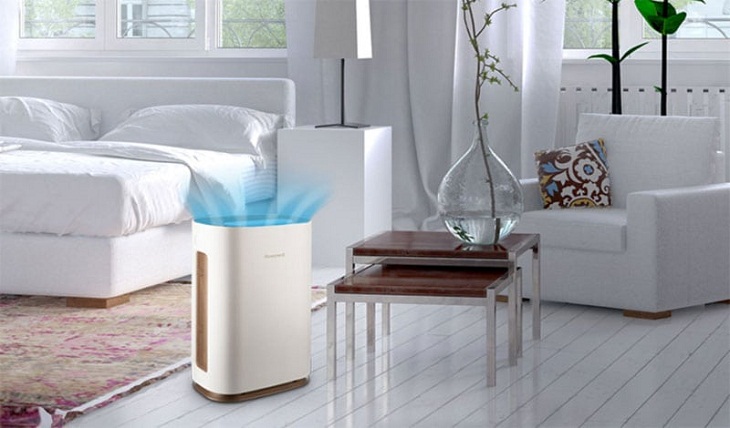
Air purifiers are especially beneficial for individuals with respiratory conditions like asthma and allergies, as they provide a healthier environment and help prevent exacerbations of their conditions.
Thoroughly Clean Your Home to Remove Dust
Regular cleaning alone may not effectively eliminate dust from hard-to-reach areas like small crevices, under furniture, or carpets. It is recommended to vacuum at least twice a week, even if your house appears clean. This practice significantly reduces the long-term accumulation of dust in your home. When using a vacuum cleaner, ensure that the filters are replaced regularly and that the machine is functioning optimally to maximize its effectiveness.
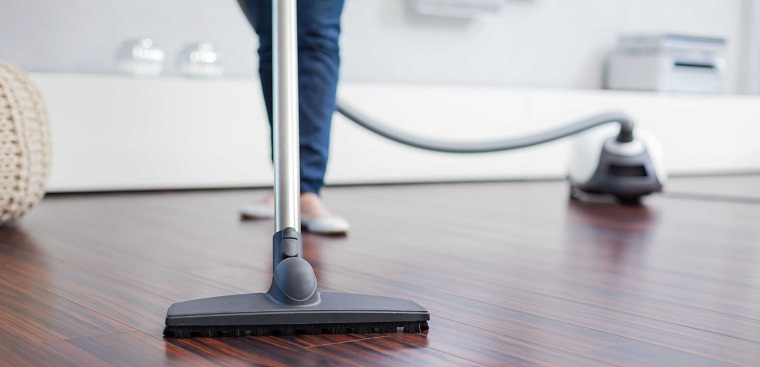
Maintain Regular Sweeping and Mopping
Sweeping and mopping are essential household chores that help in keeping the house clean and reducing dust effectively. Regularly sweep areas prone to dust accumulation, such as hallways and entrances, and mop the floors for thorough dust removal.

Utilize Microfiber Fabric for Effective Dusting
Traditional fabrics like cotton or silk are not effective in capturing dust and may even spread it around. Opt for microfiber wet fabric for dusting, as it has the ability to catch and retain dust particles. Make sure to wash the cloth after usage and dry it thoroughly to remove trapped dust, as a dirty cloth can reduce the effectiveness of subsequent cleaning sessions.
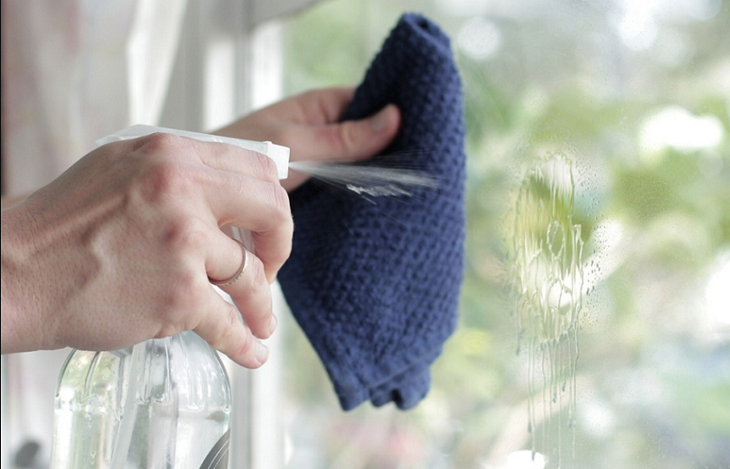
Regularly Clean Unused Items
Items that are left unused or neglected can accumulate dust, bacteria, and mold over time. Therefore, it is advisable to clean tools, decorations, wall hangings, and other unused items regularly. This practice helps maintain cleanliness and prevents the buildup of harmful substances.
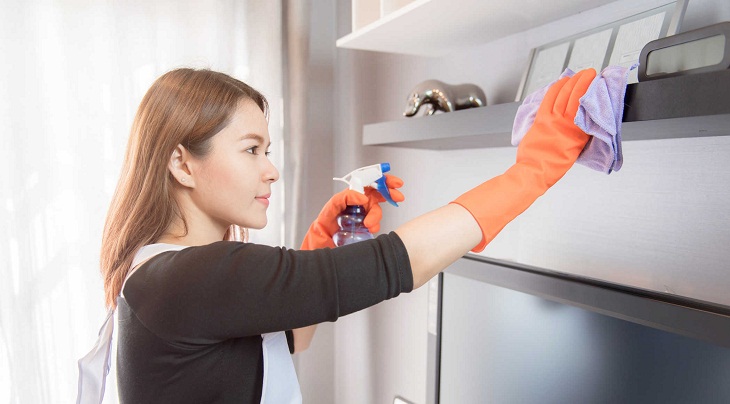
Eliminate Unnecessary Items
Avoid keeping cardboard boxes, old newspapers, and clothes that are no longer needed in your home. These items tend to occupy space and become a breeding ground for dirt, mold, and other harmful particles.
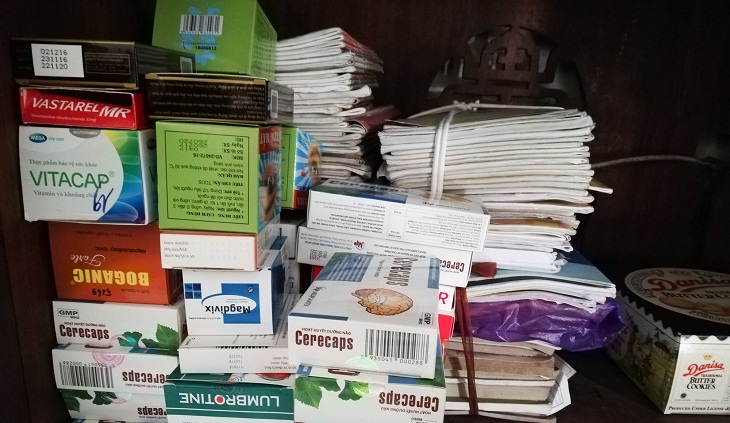
Regularly Wash Fabric Items
Dust accumulation in fabric items like blankets, curtains, and carpets can be difficult to clean. To ensure cleanliness, take them outdoors approximately every month and beat them to remove dust. Additionally, use a vacuum cleaner to eliminate any remaining dust.
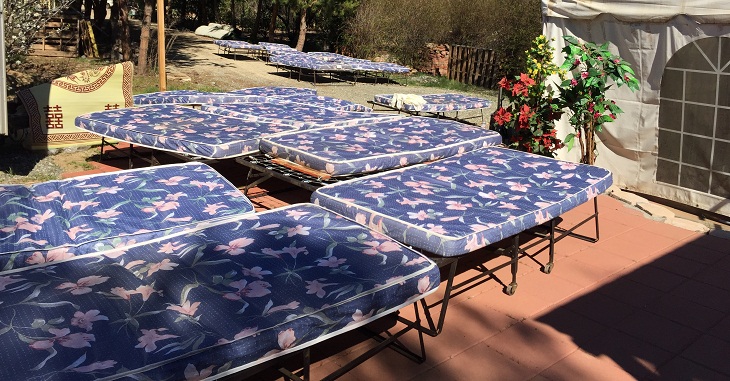
Remember, a clean and fresh home environment is essential for the well-being of your entire family. So, keep your house clean and enjoy the benefits of a healthy living space!
Understanding the Health Benefits of Drinking Water of Different pH Levels
Investigating the Safety of Melamine Kitchen Utensils
Have you ever wondered what melamine is and if it is safe for use in household appliances? This type of plastic, known for its attractive designs and good quality feel, has become increasingly popular among users. Learn more about melamine resin and its potential health risks in the following article.






































